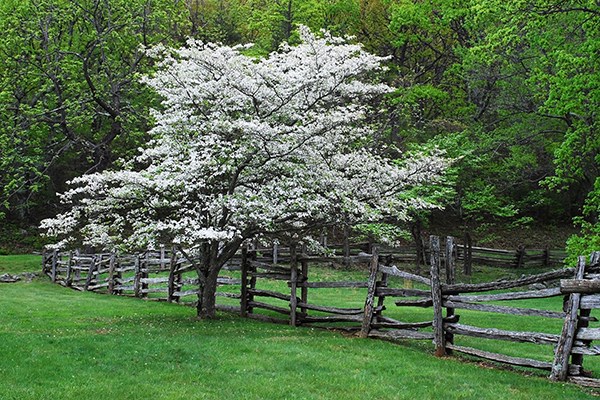If you took a little walk around your garden you might be surprised to know that the origins of many of the plants you grow are rather multicultural. Some of the most popular plants we know and love in our gardens are imported from all over the world. In fact, some taxonomists and horticulturalists make careers of “plant hunting” in countries near and far.
It is an occupation as old as time itself and the early explorers were some of the first to “plant hunt,” bringing back new species of plants to their homelands. Since the early 19th century there has been enormous interest and money spent by professional nurseries and patrons to seek out plants that might make good garden varieties for the plant-loving public.
It has been important work for the growth of horticulture and makes gardeners everywhere happy. Yet despite our desire for new and exotic introductions, native plants are making a comeback and for good reason.
A native plant is one that occurs naturally in a particular region, ecosystem or habitat, according to Wikipedia. Savvy gardeners who are in the know are utilizing native plants in their gardens. Why, you might ask? Here’s the dirt.
Native plants help to create ecosystems and encourage local wildlife populations. Most plants provide shelter, but native plants provide the best bang for your buck by providing food and supporting a wide variety of insects that are important protein sources for critters.
One of the greatest benefits of growing native plants is that they are easy to maintain and generally require less care. Cultivated shrubs and plants that come from other parts of the world are often fussier and need special care and attention in the garden.
Native plants are those indigenous to our region; it means they like and are meant to grow here. They prefer our naturally acidic soil and environmental conditions. Instead of having to fight with changing the soil structure and pH level, complicated watering regimes and feeding and fertilizing, local plants thrive all on their own. The ecological benefits are huge. When a plant thrives, it won’t need pesticides and pest management and ultimately you will use less water.
The list of native plants that work well in our �鶹�����gardens is long and varied. You will be surprised to learn how many plants at your local nurseries and plant shop are indigenous. Here are a few of my favourites: If you are interested in trees, you can’t go wrong with the cornus nuttallii (dogwood tree), which is the emblem of the province. One of the best small shrubs I love to integrate in home garden designs is vaccinium ovatum (evergreen huckleberry). If flowers and ferns are at the top of your list, check out adiantum pedaturm (maidenhair fern), dicentra formosa (bleeding heart), and trillium ovatum (western white trillium).
If you are considering adding native plants in your garden, the best example to follow are the forest themselves. A walk on the local trails will show you how nature creates texture, colour and natural layering. Van Dusen and UBC botanical gardens have incorporated the best selections of native plants into many of their displays. They are all well labelled, and you can see interesting combinations and usages of many of your native favourites.




